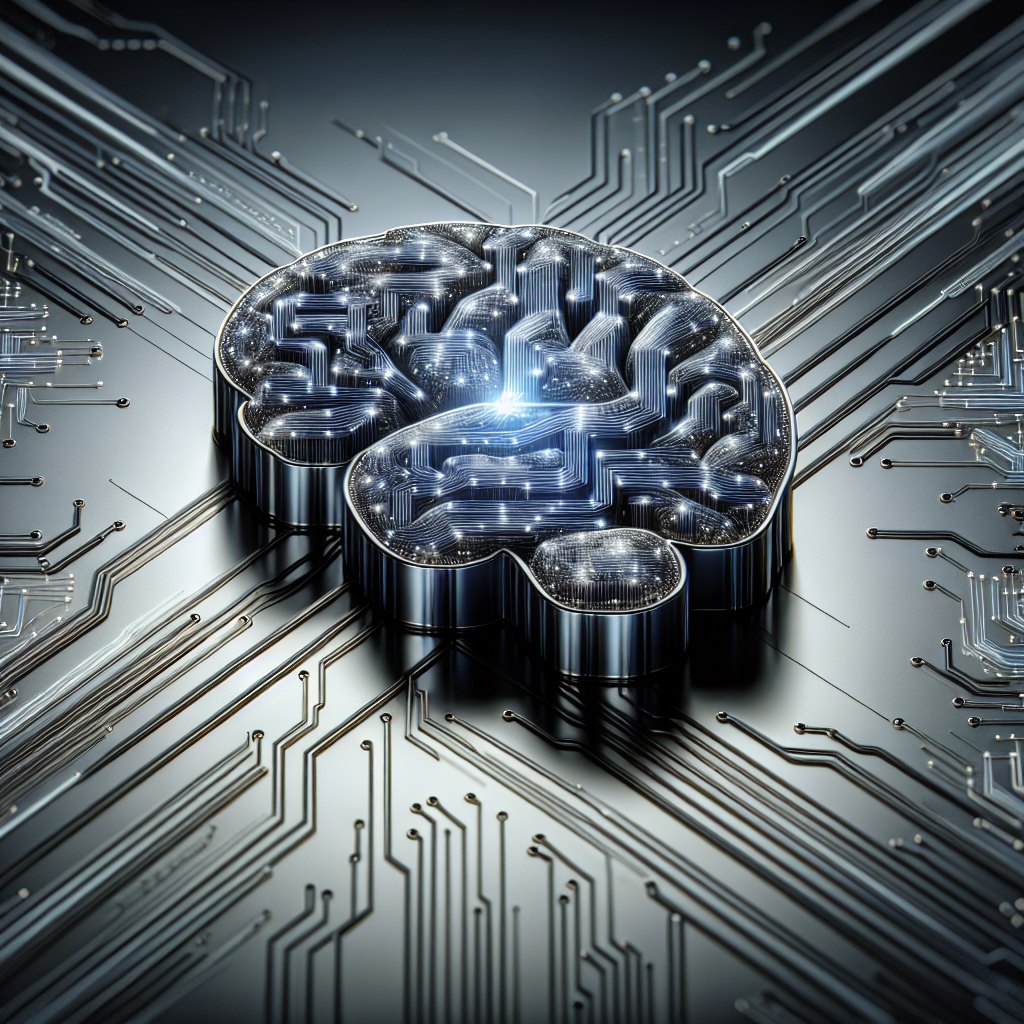The Future of Cybersecurity: AI and Machine Learning
In today’s digital age, cybersecurity is more important than ever. With the increasing number of cyber threats and attacks targeting businesses, governments, and individuals, it is crucial to stay ahead of the game when it comes to protecting sensitive information and data. One of the most promising technologies in the field of cybersecurity is artificial intelligence (AI) and machine learning. These advanced technologies have the potential to revolutionize the way we approach cybersecurity and provide us with new tools and strategies to defend against cyber threats.
AI and machine learning are two branches of computer science that involve the development of intelligent systems that can learn and adapt to new information without being explicitly programmed. These technologies have been used in a wide range of applications, from self-driving cars to personalized recommendations on streaming services. In the field of cybersecurity, AI and machine learning can be used to analyze large volumes of data, detect patterns and anomalies, and predict potential threats before they occur.
One of the key advantages of using AI and machine learning in cybersecurity is their ability to automate tasks that would be time-consuming or impossible for a human to perform. For example, AI-powered systems can continuously monitor network traffic, detect unusual patterns, and respond to potential threats in real-time. This can help organizations detect and respond to cyber attacks more quickly and effectively, reducing the impact of a breach on their operations and reputation.
Another advantage of AI and machine learning in cybersecurity is their ability to adapt and evolve over time. As new cyber threats emerge and attackers develop new techniques, AI-powered systems can learn from past experiences and improve their detection capabilities. This can help organizations stay one step ahead of cyber criminals and protect their systems and data from the latest threats.
AI and machine learning can also help organizations improve their incident response and recovery processes. By analyzing historical data and identifying patterns in past attacks, AI-powered systems can help organizations develop more effective strategies for responding to and recovering from cyber incidents. This can help minimize the damage caused by a breach and reduce the time and cost involved in recovering from an attack.
Despite the many advantages of using AI and machine learning in cybersecurity, there are also challenges and limitations that organizations need to be aware of. One of the main challenges is the potential for AI-powered systems to be manipulated or deceived by cyber attackers. For example, attackers could use adversarial techniques to trick AI systems into misclassifying legitimate traffic as malicious or vice versa. Organizations need to be aware of these risks and take steps to protect their AI-powered systems from manipulation.
Another challenge is the need for organizations to have access to large volumes of high-quality data in order to train AI-powered systems effectively. Without access to sufficient data, AI systems may not be able to accurately detect and respond to cyber threats. Organizations need to invest in data collection and management processes to ensure that their AI-powered systems have access to the information they need to operate effectively.
In addition, organizations need to ensure that they have the right skills and expertise to implement and manage AI and machine learning technologies in their cybersecurity programs. This may require hiring or training cybersecurity professionals who have experience with AI and machine learning, as well as developing partnerships with vendors and service providers who can help organizations implement and maintain AI-powered systems.
Overall, the future of cybersecurity looks promising with the integration of AI and machine learning technologies. These advanced tools have the potential to revolutionize the way we approach cybersecurity and provide organizations with new capabilities to defend against cyber threats. By leveraging the power of AI and machine learning, organizations can improve their detection and response capabilities, enhance their incident response and recovery processes, and stay ahead of cyber criminals. However, organizations need to be aware of the challenges and limitations of using AI and machine learning in cybersecurity and take steps to mitigate risks and ensure the effectiveness of their cybersecurity programs.
FAQs:
Q: What is the role of AI and machine learning in cybersecurity?
A: AI and machine learning can be used in cybersecurity to automate tasks, analyze large volumes of data, detect patterns and anomalies, predict potential threats, and improve incident response and recovery processes.
Q: How can AI and machine learning help organizations improve their cybersecurity posture?
A: AI and machine learning can help organizations improve their detection and response capabilities, enhance their incident response and recovery processes, and stay ahead of cyber criminals by analyzing data, detecting patterns and anomalies, and predicting potential threats.
Q: What are some of the challenges of using AI and machine learning in cybersecurity?
A: Some of the challenges of using AI and machine learning in cybersecurity include the potential for manipulation or deception by cyber attackers, the need for access to large volumes of high-quality data, and the requirement for organizations to have the right skills and expertise to implement and manage AI-powered systems effectively.

